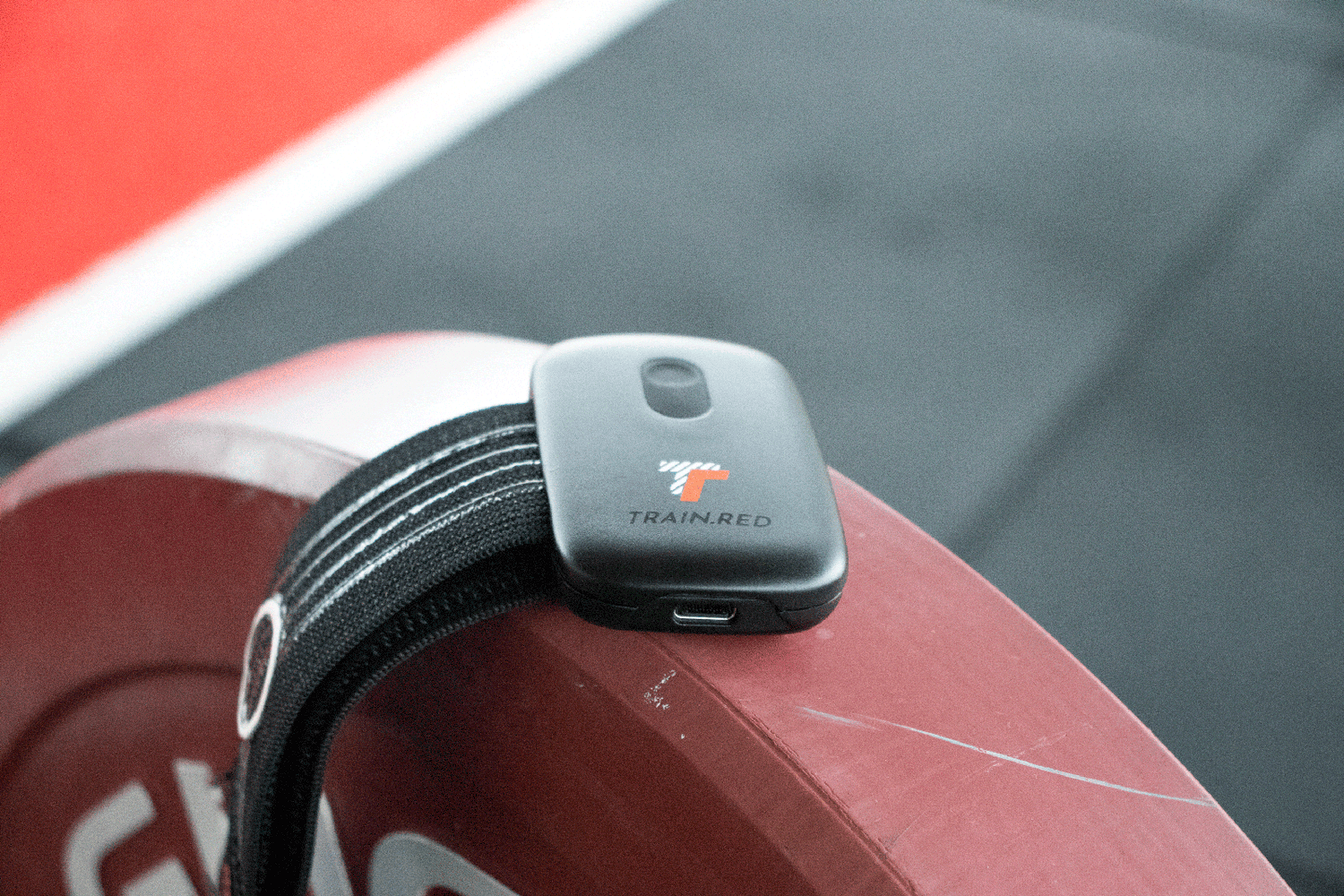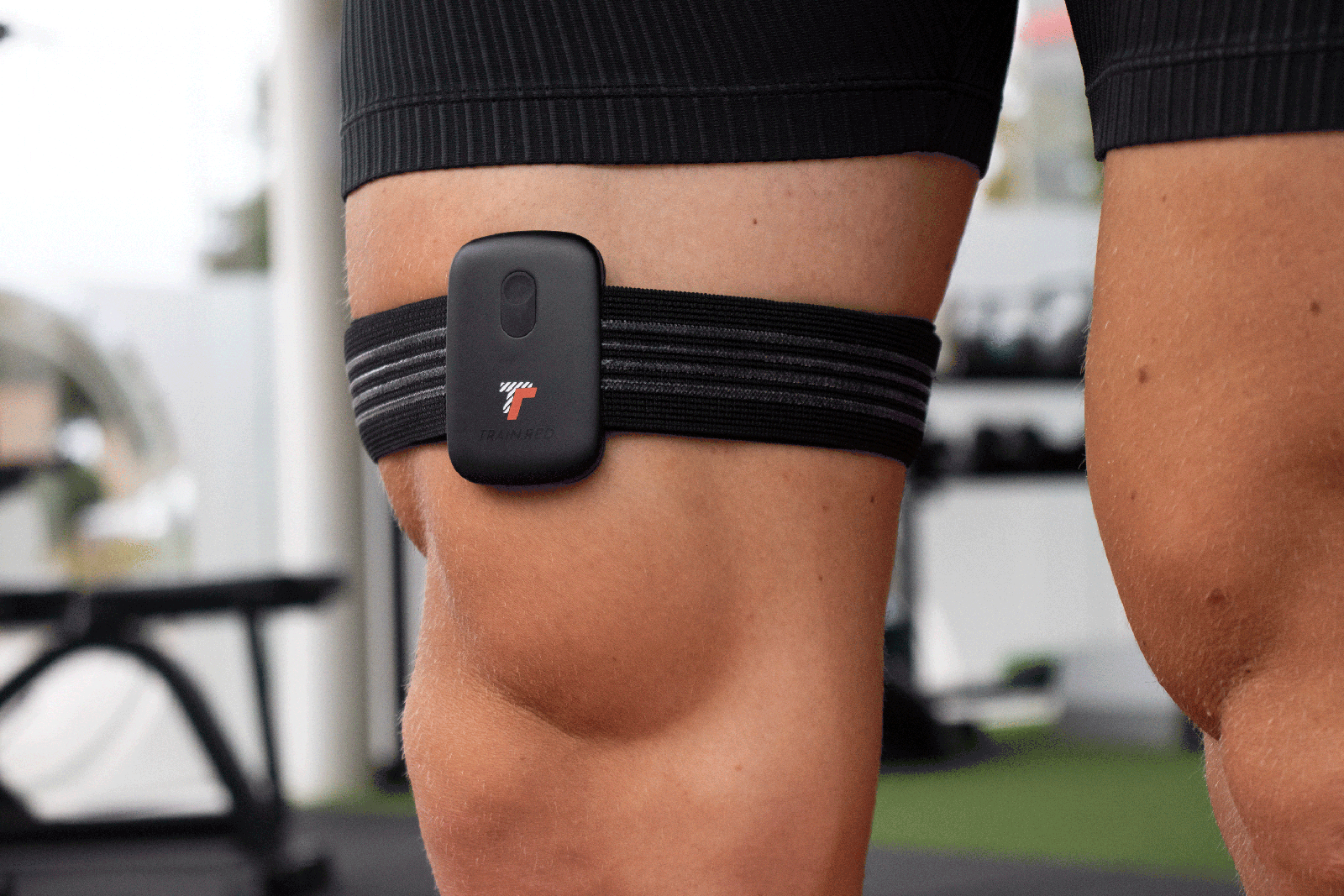Just Breathe.
As we all know, movement results from muscle contraction. To contract, muscles need fuel. The main energy source of muscle is called ATP, which quickly depletes when starting exercise. Therefore, the body has multiple biochemical systems to produce ATP. One of these systems requires oxygen to convert fuel, e.g. glucose, into energy. Before we start dissecting equations and definitions, let’s simplify: everyone who practices sports has experienced being out of breath, some after running up the stairs, some whilst squeezing out that last rep on the bench, others during the last stretch of their marathon. This first response to activity goes hand in hand with an increased heart rate, but why does this happen?
It has to do with the distribution and consumption of oxygen
When looking at the whole body as an organ that is consuming oxygen during exercise, respiratory analysis and the 'Fick Equation' are the best descriptive measures. The 'Fick Equation' states that the cardiac output multiplied by the arteriovenous oxygen difference equals the consumed oxygen. Two key determinants of performance are; 1. how well can you distribute fuel and oxygen and 2. how well can your body take up oxygen from these supplies.
VO2=CO*Ca- CO*Cv where VO2 = the oxygen consumption, CO = the Cardiac Output (stroke volume x heart rate) and Ca/v = the oxygen content of arterial and venous blood respectively.
Let’s step off the gas and interpret this with the eternal car metaphor; an endurance athlete has a very efficient motor but won’t be able to accelerate rather fast, a strength athlete can exert great force at once but will run out of energy sooner. The endurance athlete has great cardiac output, because the oxygen extracting energy fabrics in his cells, the mitochondria, are efficient. A strength athlete on the other hand might be working at a lower cardiac output with bigger regional extraction of oxygen.
Note that this is exercise physiology 101 and very simplified, these are not the only limiting factors for an endurance athlete considering all the body’s processes involved. As mentioned earlier, the body has multiple systems to produce ATP, some of which don’t require oxygen to convert fuel into quick energy. Strength athletes can exert great force at once, mainly using the anaerobic energy system which provides high levels of ATP for a short duration of time. However, both endurance and strength athletes need oxygen for recovery, to break down the produced waste from exercising.
Impact on performance
Besides talking about the different energy systems of the body, a clear distinction can also be made in the body’s overall work versus the regional oxygen uptake. Assessing performance limiters or determining rest time should not be based on the work an athlete puts in with their whole body, but based on the working parts of the body. Regional oxygenation changes and hemodynamics represent the oxidative metabolism in skeletal muscle tissue. One of the determining performance indicators for every athlete, endurance or strength.
So why does my heart rate increase when performing an activity? Good question, easy to lose track when jumping in headfirst. Your muscle needs the energy to move, there are several substrates and processes that can provide this energy. Getting these substrates to the right location is indirectly done by your heart. When pumping a bit faster, there is more blood flowing through your arteries and brought to your muscles via your capillaries. For some of the metabolizations from substrates to energy, your body needs oxygen. To handle this extra demand, your respiratory rate will go up. With the Train.Red sensor we measure local muscle oxygenation and are able to determine at which rate the muscle uses oxygen, de-oxygenation, by transforming substrates in energy and the time needed for the muscle to recover, re-oxygenation.



